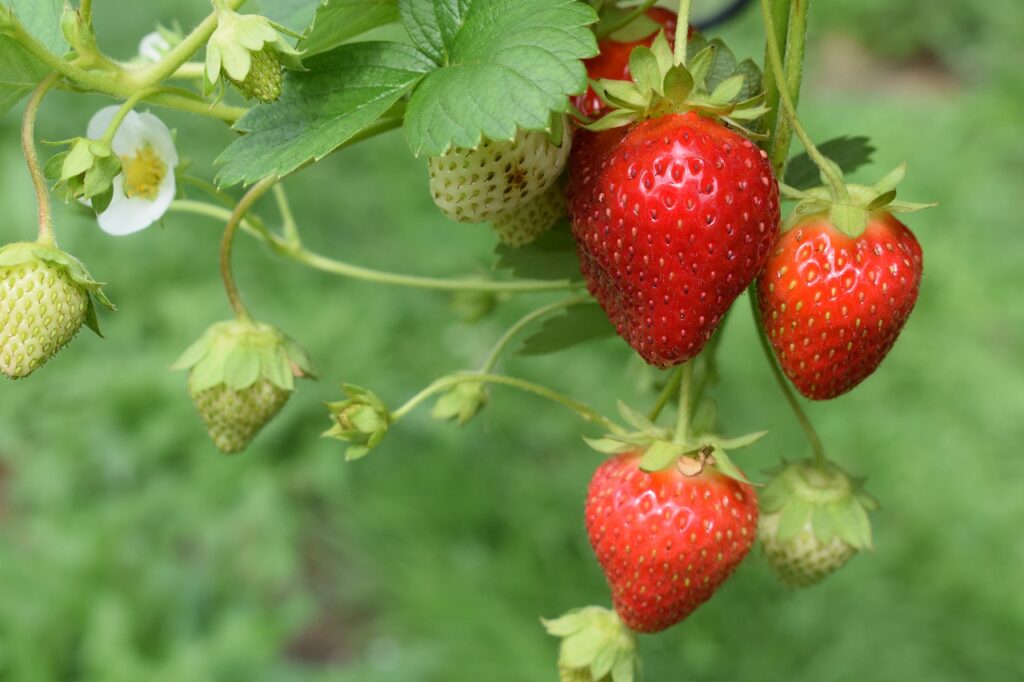For anyone who has strawberries in the garden, protecting them throughout the winter is essential for growth next growing season.
Here are a few tips from strawberryplants.org to help keep them safe!
Know The Strawberries You’re Growing
It’s important to know the variety of strawberry you’re growing. There are two main kinds: June bearing and ever-bearing. Both kinds of plants need different kinds of care and protection to keep growing next season.
Ever-bearing/Day-Neutral
Ever-bearing strawberries, or day-neutral strawberries, are smaller and are easier to grow in containers and raised beds. However, these are less likely to last through the winter season.
June Bearing
June bearing strawberries on the other hand, tend to be much bigger, producing more strawberries at once; however, as the name implies, they will only produce around the month of June.
These plants are best trimmed back by mid-summer. Make sure to allow the runners to remain, as this will encourage more growth that can act as protection during the harsher weather.

Make sure not to cut back the plants during this time of the year—they are far less likely to make it through the winter. It’s better to leave the plants alone since the freezing and thawing that comes with the changing seasons can be difficult on the plants.
Mulch
A light mulch will help trap the warm air inside, allowing the plants some insulation from the cold weather. There are various materials that can be used to mulch the plants, these include:
- Pine needles these are easy to rake away from the plants once the weather warms again. Plus, they will help keep the soil slightly acidic as they decay.
- Straw is another good choice. Just make sure to use weed-free, clean, oat or soybean straw.
- Chopped up corn stalks will also help to keep the cold temperatures at bay, protecting the plants throughout the winter weather.
- Plastic can help to increase the temperature to protect the plants; the heat of the ground will help keep a steady temperature. However, it is essential that the edges are sealed.
- Cardboard can be suitable for covering smaller patches or pots. The study material will help block wind while increasing the temperature underneath.
